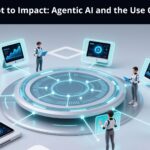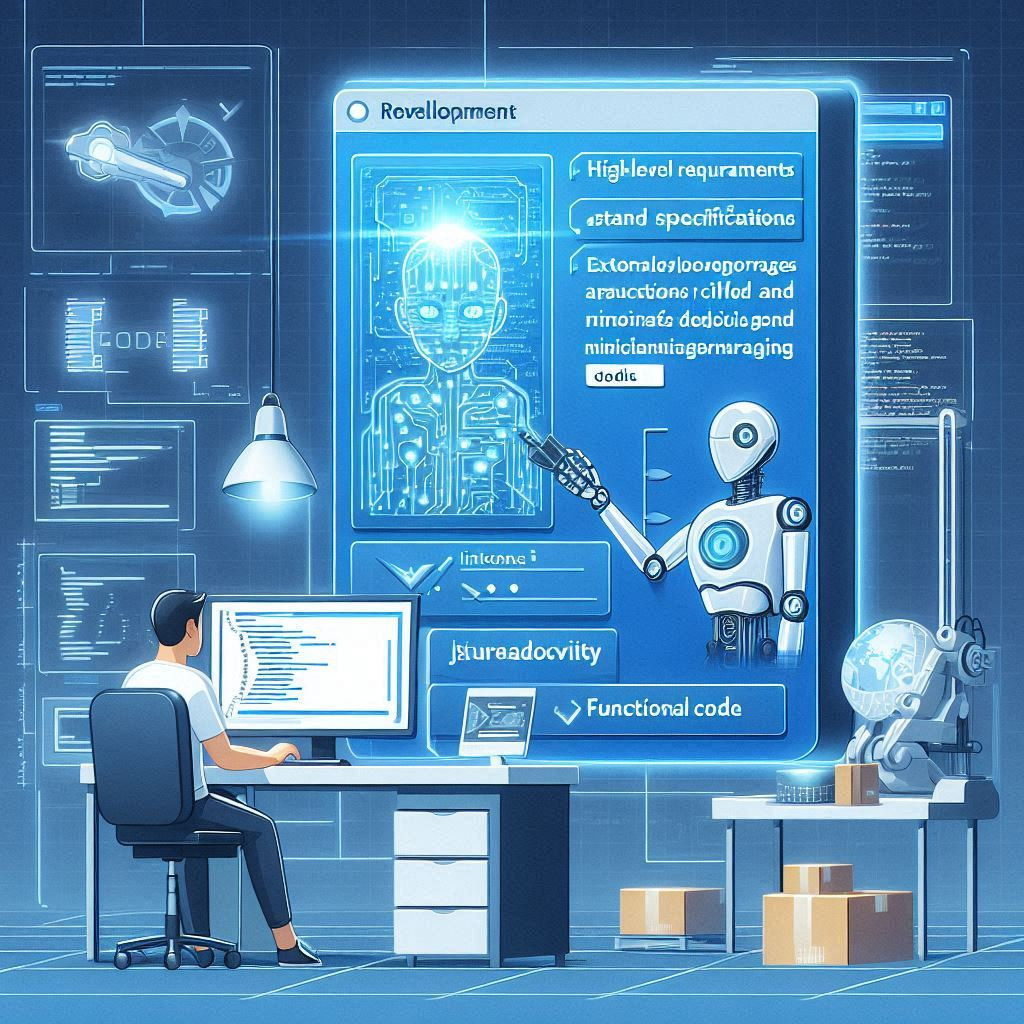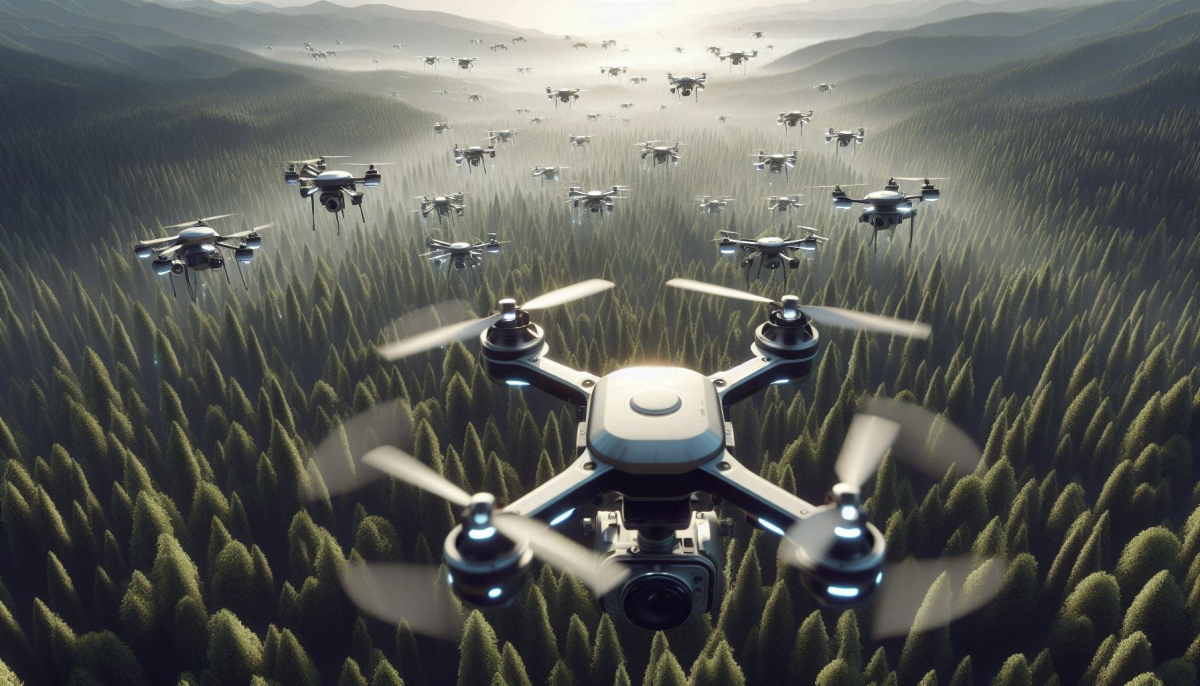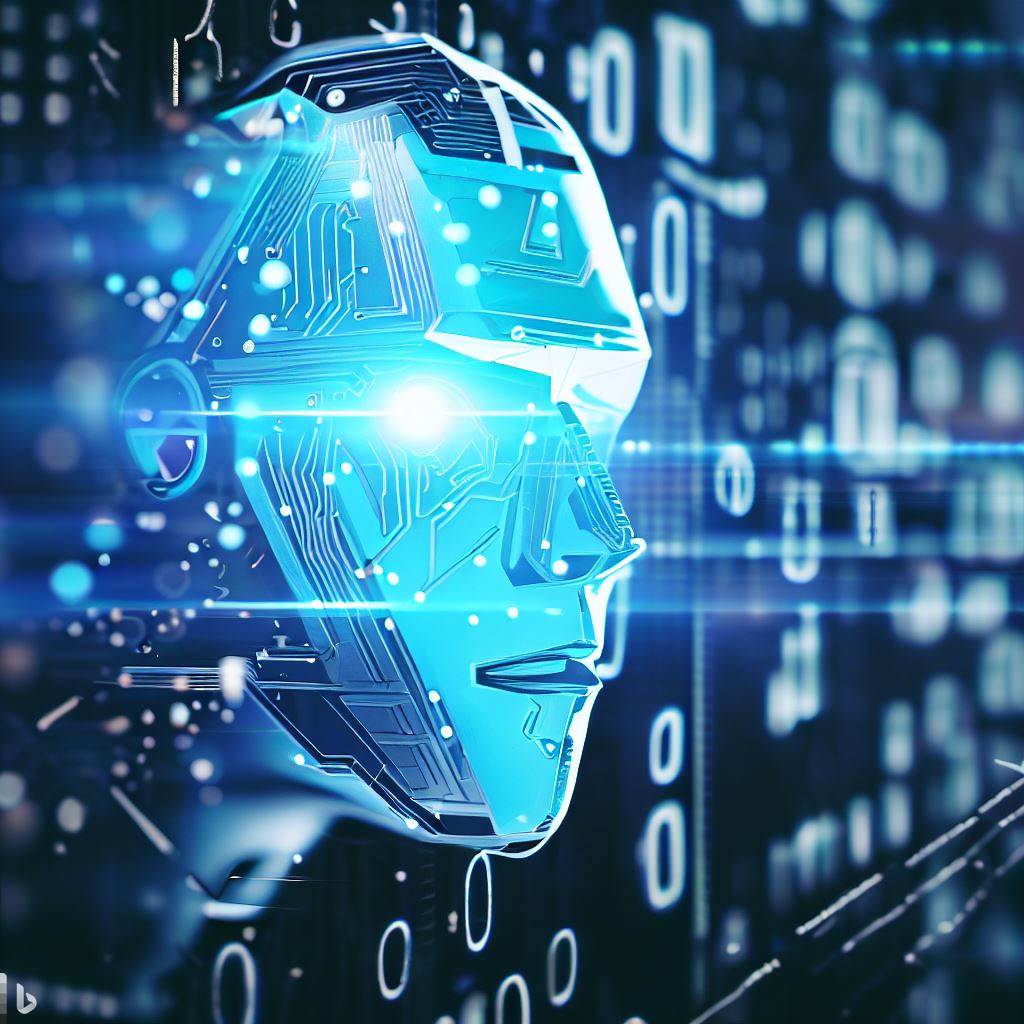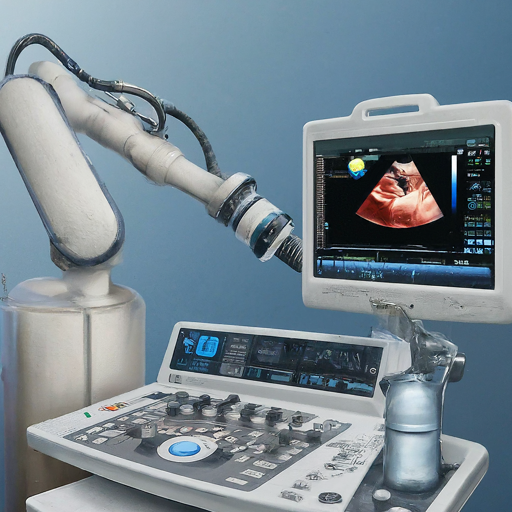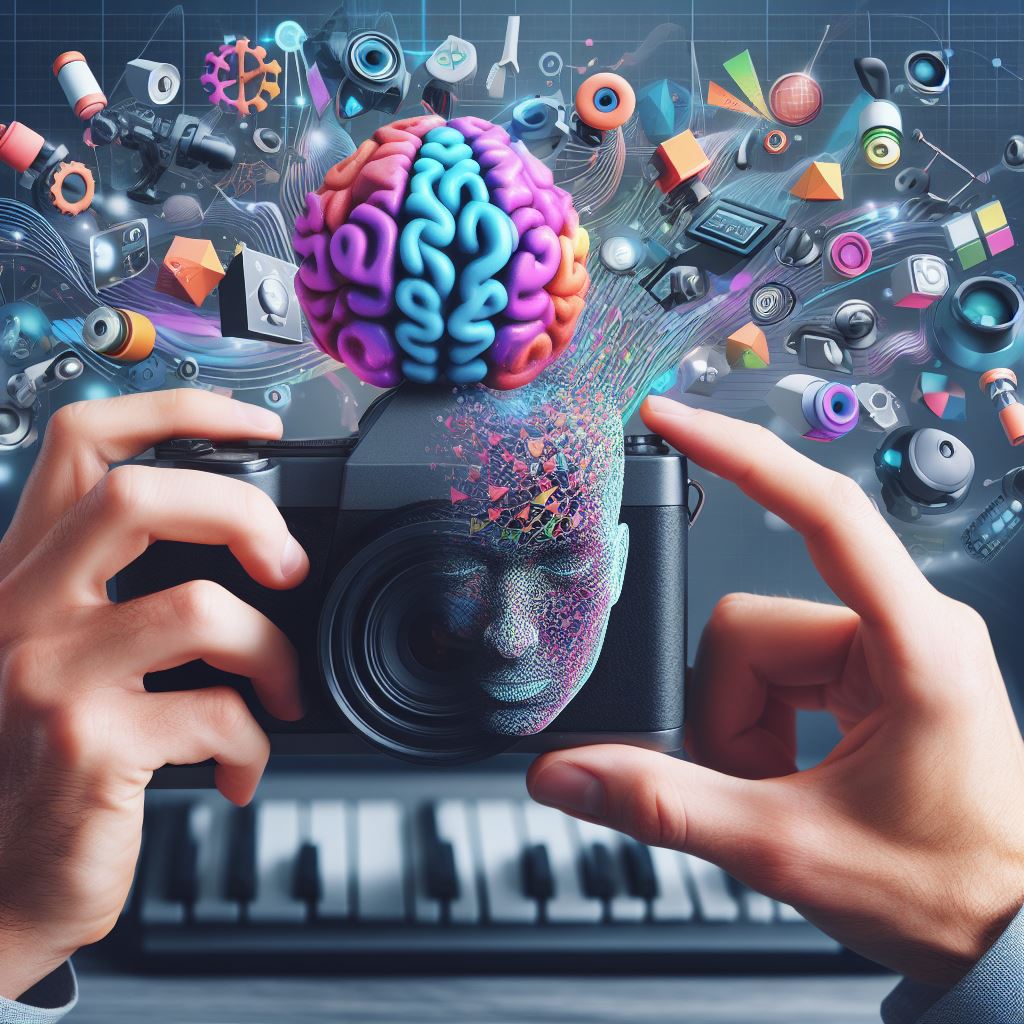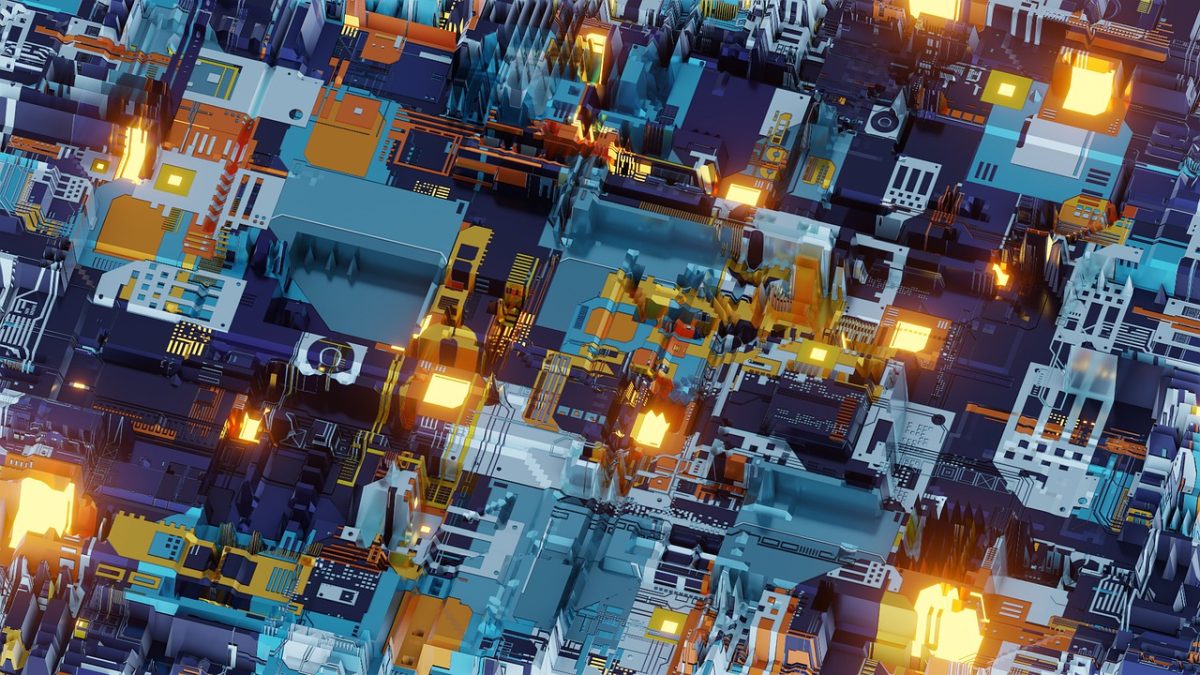The function of Human Resources (HR) has evolved significantly in today’s quickly changing corporate world. HR is no longer only an administrative function; it has evolved into a strategic partner, driving organisational success via new techniques. The integration of Artificial Intelligence (AI) into HR operations is at the forefront of this change, and it has the potential to fundamentally reshape the business.
Revolutionizing Recruitment and Talent Acquisition
Recruitment and talent acquisition are two of the most visible applications of artificial intelligence in human resources. AI-powered services use machine learning algorithms to sift through massive amounts of candidate data, selecting individuals with the right skills and credentials for a specific position. By analysing criteria such as professional experience, educational background, and even social media profiles, AI technologies may help HR teams gain a more thorough picture of a candidate’s appropriateness, resulting in a more objective and efficient screening process.
Natural Language Processing (NLP) improves the recruiting process by allowing AI systems to analyse resumes and cover letters, extract important information, and rate applicants using predetermined criteria. This not only decreases the strain of HR experts, but also helps to lessen the danger of unconscious bias during the selection process. Furthermore, the use of predictive analytics enables HR teams to anticipate which candidates are most likely to succeed in a certain job, allowing them to make more informed and strategic recruiting decisions.
The effect of AI goes beyond the early screening phases and into the interview process itself. AI-powered video interview analysis tools employ machine vision and NLP to evaluate a candidate’s replies, tone, and body language, giving HR new information about their fit for the post. Furthermore, AI-powered scheduling solutions may automate interview coordination, reducing administrative stress on HR staff and providing a more efficient applicant experience.
Enhancing Administrative Efficiency
AI is not just altering the recruiting process; it is also simplifying administrative procedures that have historically taken up a considerable percentage of HR’s time and resources. AI integration with Human Resource Information Systems (HRIS) allows organisations to automate data entry, changes, and reporting, ensuring that personnel records are correct and up to date. Moreover, AI-powered document management systems can easily categorise and retrieve relevant files, which improves the efficiency of HR operations like onboarding and compliance.
AI has an influence on both administrative work and candidate communication. AI chatbots may now manage typical applicant enquiries, responding quickly with information about application progress, interview scheduling, and business regulations. This not only enhances the applicant experience, but also allows HR professionals to focus on more strategic projects. AI may also adjust messages to unique applicant profiles, resulting in a more personalised and engaging connection.
AI is also having a huge influence on scheduling. AI-powered scheduling helpers can analyse calendars and suggest appropriate meeting times, saving time on administrative tasks and allowing HR to better manage resources.
Empowering Employee Management and Development
AI’s impact on HR goes beyond recruiting and administration, influencing how organisations manage and grow their personnel. In the field of learning and development, AI can analyse employee performance data and offer personalised training programs, ensuring that employees get the assistance they require to improve their abilities and advance within the organisation. This, in turn, helps to close skill gaps and preserve a competitive advantage in the market.
Moreover, AI-powered sentiment analysis can scrutinise employee input from surveys, emails, and internal communications, giving HR vital insights into the workforce’s general mood and well-being. This data-driven approach enables HR to identify areas of improvement and conduct focused interventions, resulting in a more engaged and pleased workforce.
Recognising the critical role of workload management in employee well-being, AI solutions can monitor workloads and identify possible burnout risks, allowing HR to intervene early and assist employees in maintaining a good work-life balance.
Generative AI: Unlocking New Possibilities
The introduction of Generative AI, a transformational subset of AI technology, has provided new opportunities for HR professionals to improve their processes and serve their organisations. Generative AI can create engaging and inclusive job descriptions based on position criteria and organisational culture, attracting a wide pool of candidates.
Generative AI may also aid with performance management by summarising performance assessments and comments, allowing managers to better analyse employee contributions and development requirements. Beyond these applications, Generative AI chatbots are transforming employee engagement by offering 24/7 access to HR information, rules, and procedures, as well as enabling real-time feedback collecting to assist HR in gauging employee attitude.
Navigating Challenges and Considerations
As organisations embrace the revolutionary power of AI in HR, they must face a number of obstacles and issues. One of the most pressing problems is the question of prejudice and fairness. AI systems may unwittingly perpetuate biases seen in previous data, potentially leading to unfair or discriminatory practices in recruiting and employee appraisal. To overcome this, organisations must conduct frequent audits of their AI tools and algorithms to guarantee fairness and inclusion.
The growing use of AI in HR operations also presents data privacy problems. HR professionals must guarantee compliance with data protection rules, such as the General Data Protection Regulation (GDPR), in order to preserve employee information and retain confidence inside the organisation.
Finally, employees who are concerned about job displacement frequently object to the deployment of AI in human resources. Effective change management tactics, such as open communication about the benefits of AI and how it will complement, rather than replace, human functions, are critical for effective adoption.
Takeaway
The incorporation of AI into HR operations is more than a passing trend; it is a revolutionary force that is altering the business by providing creative solutions to increase efficiency, improve decision-making, and build a more empowered workforce. Organisations that use AI technology intelligently and responsibly may unlock considerable value in their HR operations, establishing themselves as leaders in the changing environment of contemporary business.
As the area of artificial intelligence in human resources evolves, HR professionals who want to utilise this powerful technology and push their organisations to greater success must remain up to date on the latest breakthroughs and best practices.
Contact us at innovate@quotients.com to schedule a consultation and explore the transformative potential of this innovative technology.


